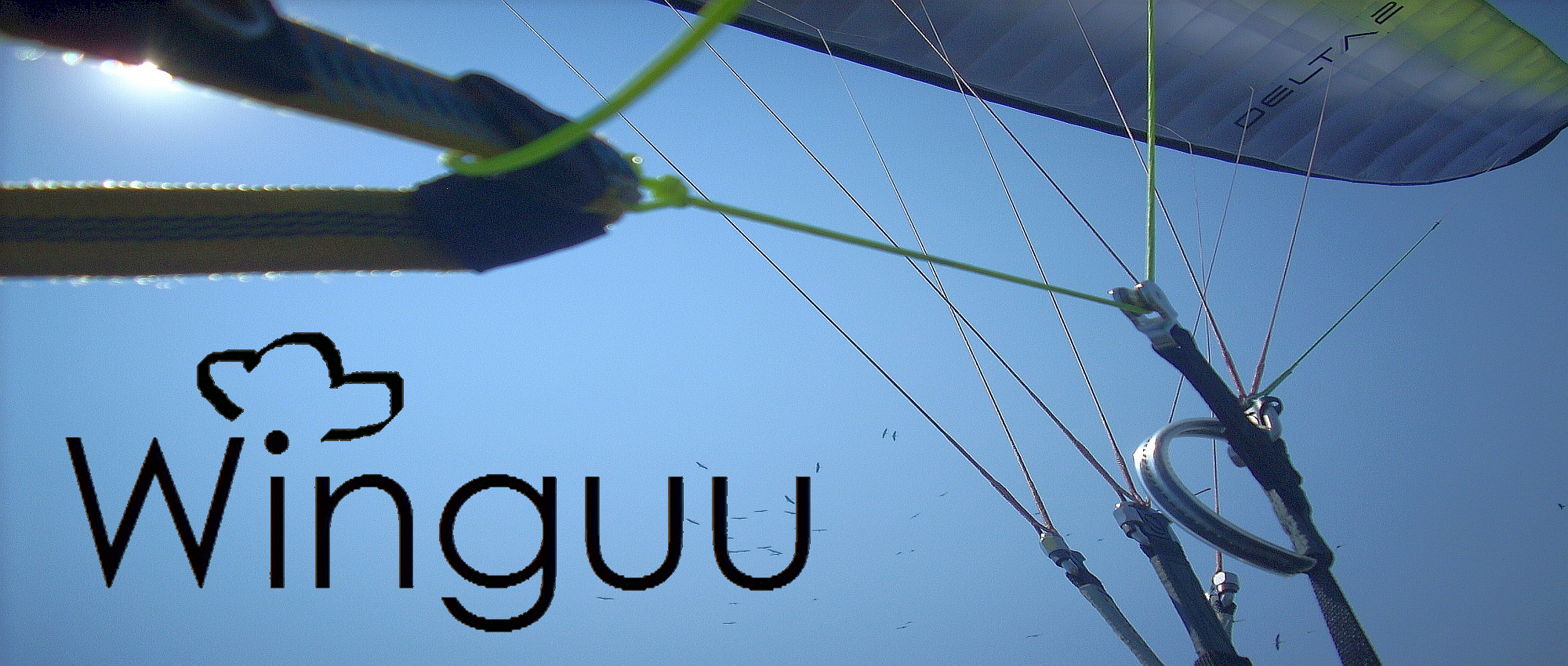No two paramotors are designed with the same goals in mind. Some have high, fixed hang points, while others use low hang points attached to pivoting j-bars. Some offset the thrust line to counteract with the torque effect, while others deal with torque with other methods, if at all. We can’t really say that certain design elements are better than others because different people have different demands and uses for their paramotor. Having said that, we can explain the advantages and disadvantages of certain design characteristics. This article is going to focus specifically on why why certain paramotor manufactures position their prop in different locations in relation to the cage and what are the advantages and disadvantages to the different positions.
Pictured to the right is the prop-cage clearance of a Miniplane we were able to get our hands out. The propeller extends four inches from the rearmost part of the cage. Some people state that this is a safety feature, since it keeps your limbs further away from that dangerous spinning finger sheer we call a propeller. With this particular unit, we discovered that it was easy to bend the cage into the prop or your fingers through the netting to the prop, so with this particular cage design, every bit of prop clearance is critical.
The most significant disadvantage of utilizing this sort of design is the tendency for the propeller to suck in lines during a poor inflation. We witnessed this happen with two different pilots during our trips out to evaluate various paramotor designs. In both cases, the pilots were at a low enough power setting that it did not damage the glider. These pilots were lucky as it doesn’t always tun out so pretty.
After seeing these images, one many wonder why they would even bother with a propeller that sticks out the back of a paramotor
Source: US Paramotor News
